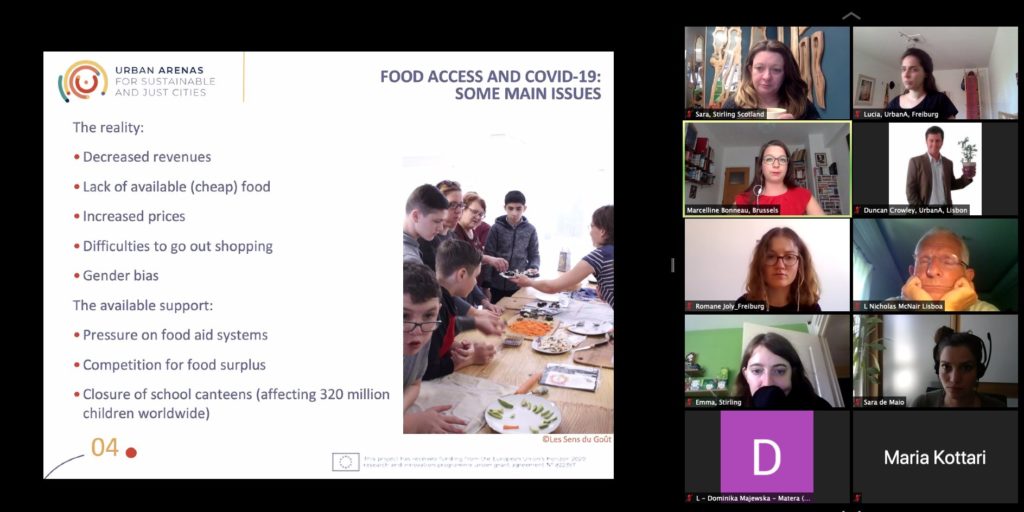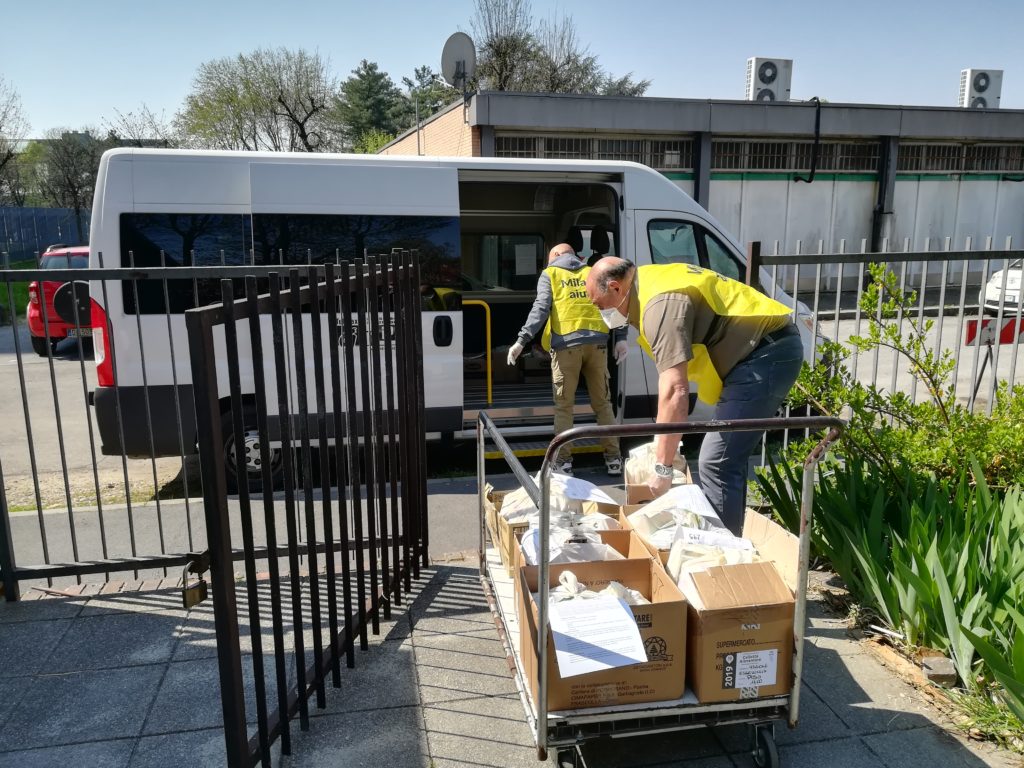
People of varied backgrounds and from all over the world met at the UrbanA Community Conversation on 30th June 2020 to address the question of food poverty and solidarity. UrbanA Fellow Marcelline Bonneau, an expert in both the URBACT programme and the Urban Innovation Actions initiative, led the conversation. She began by sharing her experience and understanding of how European municipalities have approached food poverty during the COVID19 crisis. She focused on three questions:
- How have cities supported those in need of food during the crisis?
- How have cities reorganized traditional food aid systems, such as funded meals in canteens or regular food distributions?
- How can food more widely address (urban) poverty?



